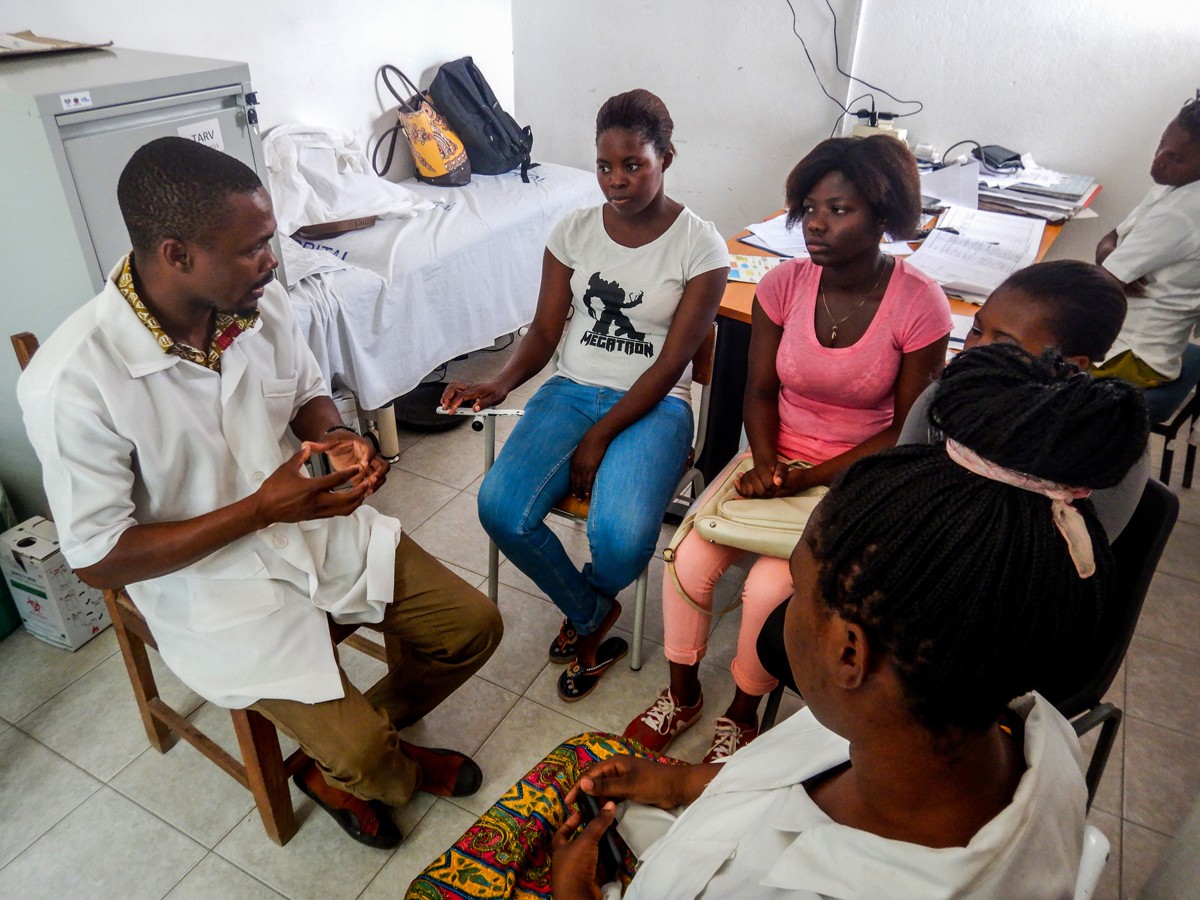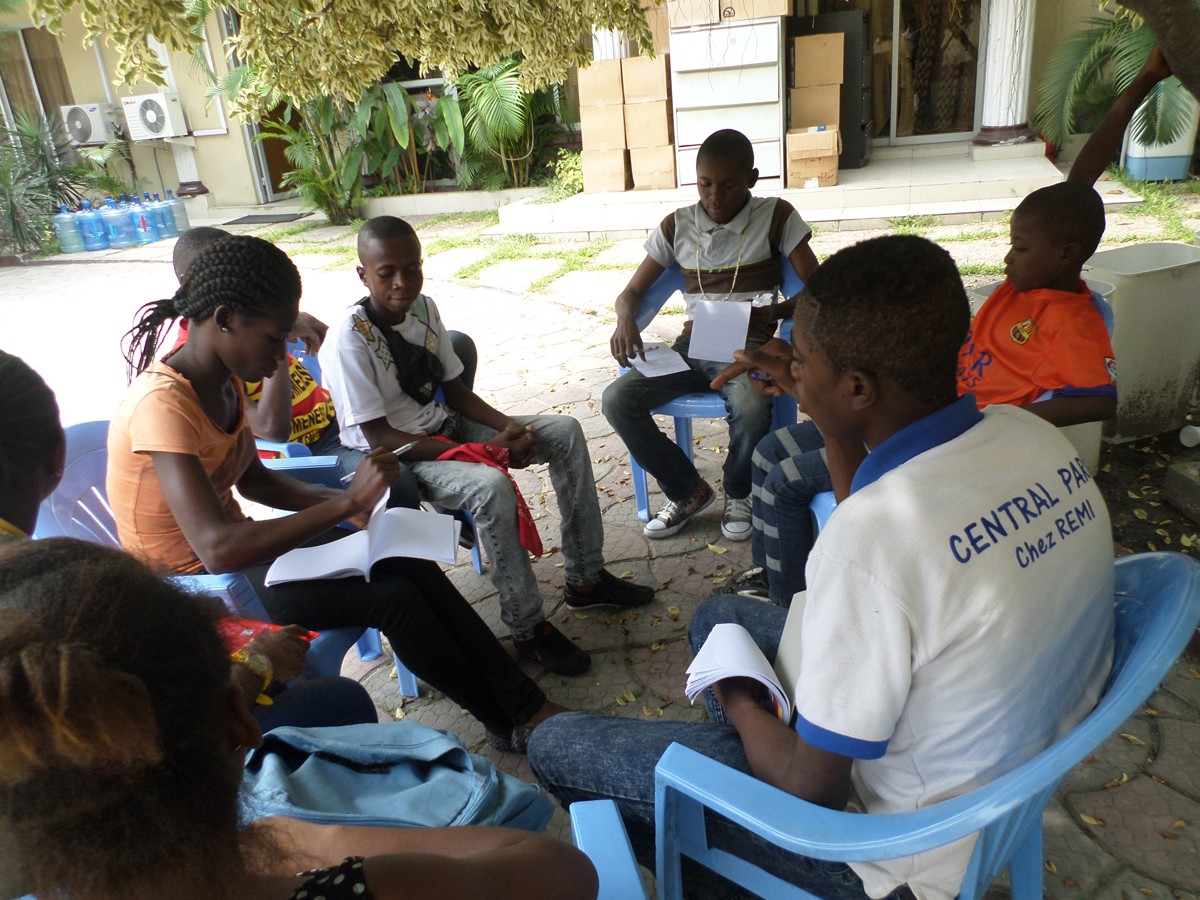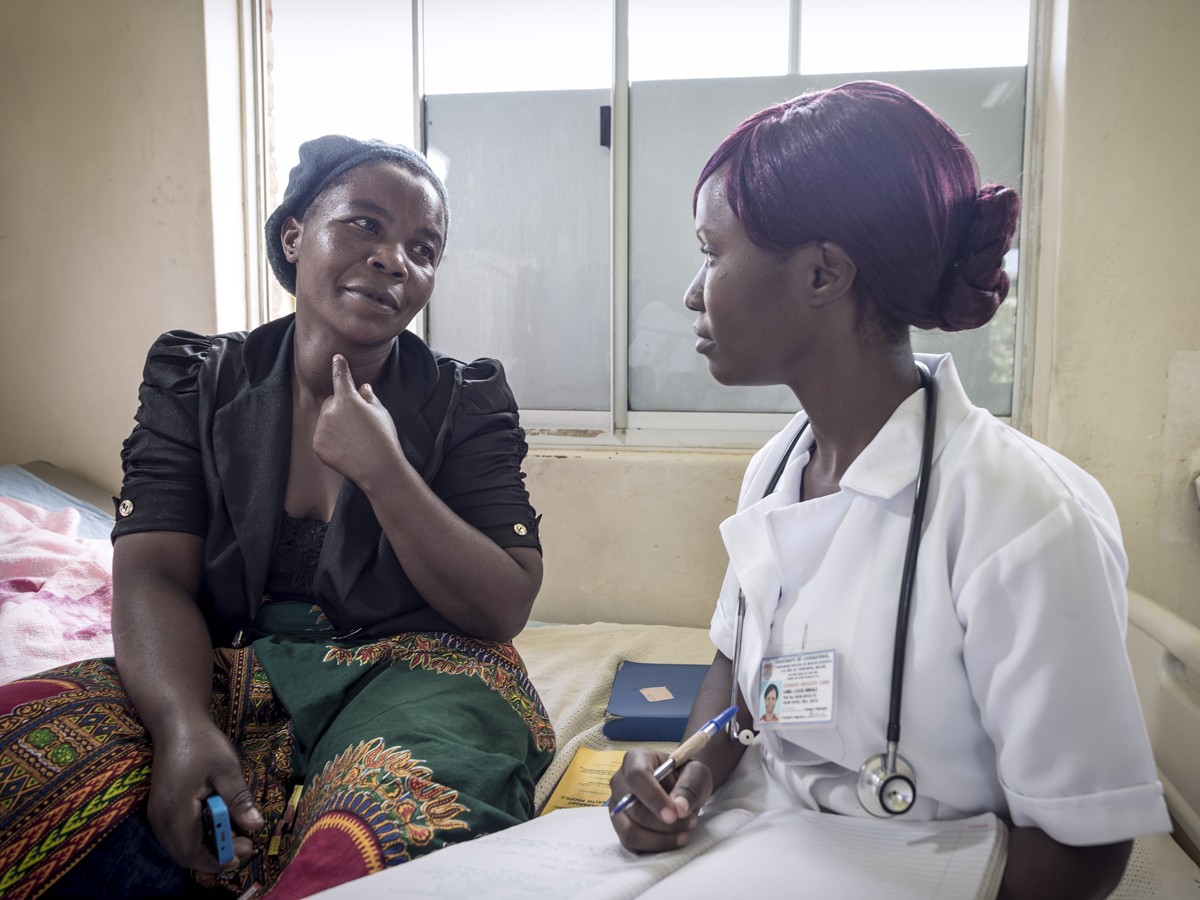Authors:
Abstract:
Background: People living with HIV (PLHIV) on effective antiretroviral therapy are living near-normal lives. Although they are less susceptible to AIDS-related complications, they remain highly vulnerable to non-communicable diseases. In this exploratory study of older PLHIV (OPLHIV) in Eswatini, we investigated whether epigenetic aging (i.e., the residual between regressing epigenetic age on chronological age) was associated with HIV-related parameters, and whether lifestyle factors modified these relationships. We calculated epigenetic aging focusing on the Horvath, Hannum, PhenoAge and GrimAge epigenetic clocks, and a pace of biological aging biomarker (DunedinPACE) among 44 OPLHIV in Eswatini.
Results: Age at HIV diagnosis was associated with Hannum epigenetic age acceleration (EAA) (β-coefficient [95% Confidence Interval]; 0.53 [0.05, 1.00], p = 0.03) and longer duration since HIV diagnosis was associated with slower Hannum EAA (- 0.53 [- 1.00, – 0.05], p = 0.03). The average daily dietary intake of fruits and vegetables was associated with DunedinPACE (0.12 [0.03, 0.22], p = 0.01). The associations of Hannum EAA with the age at HIV diagnosis and duration of time since HIV diagnosis were attenuated when the average daily intake of fruits and vegetables or physical activity were included in our models. Diet and self-perceived quality of life measures modified the relationship between CD4+ T cell counts at participant enrollment and Hannum EAA.
Conclusions: Epigenetic age is more advanced in OPLHIV in Eswatini in those diagnosed with HIV at an older age and slowed in those who have lived for a longer time with diagnosed HIV. Lifestyle and quality of life factors may differentially affect epigenetic aging in OPLHIV. To our knowledge, this is the first study to assess epigenetic aging in OPLHIV in Eswatini and one of the few in sub-Saharan Africa.








